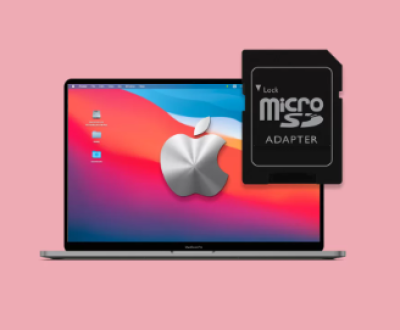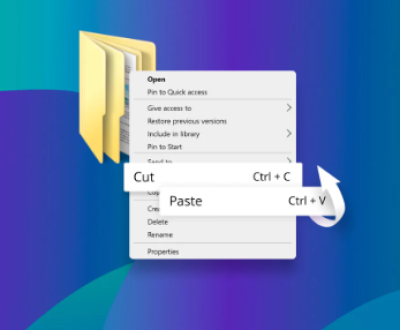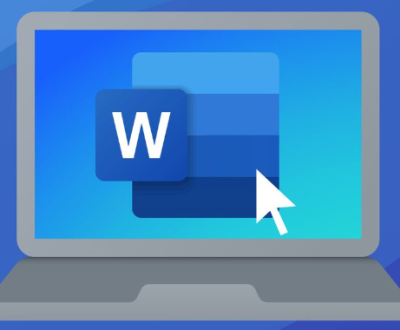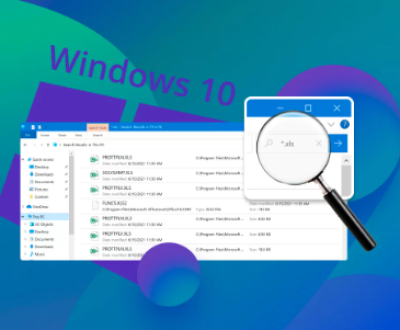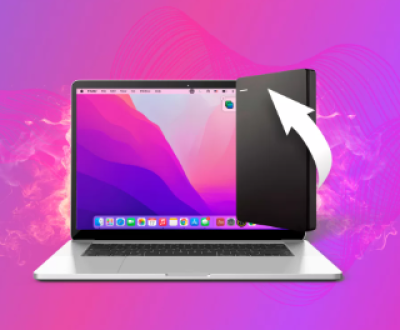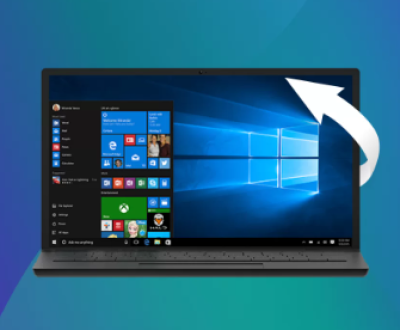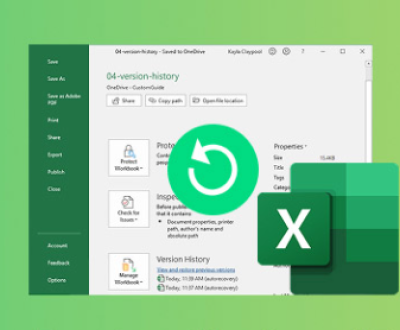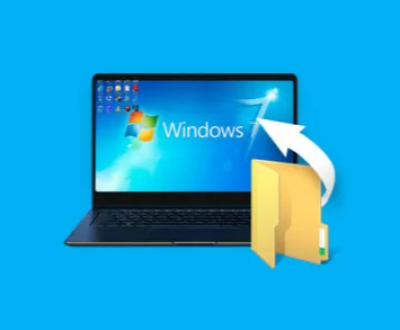Formatting an SD card before use is not always strictly necessary, but it is highly recommended and often required for optimal performance and compatibility. Whether you’re using an SD card for the first time or repurposing an old one, formatting ensures that the card is set up correctly for your device’s needs.
An SD (Secure Digital) card is a small, portable storage device used in a variety of devices like digital cameras, smartphones, tablets, gaming consoles, and more. They come in several sizes and formats, including SD, miniSD, and microSD, but the basic functionality is the same: to store digital data in the form of files, images, videos, music, and more.

Despite their widespread use, SD cards are not always plug-and-play devices. This means that simply inserting an SD card into a device for the first time may not guarantee that it will work properly. Devices often require SD cards to be formatted to a specific file system before they can use them for storing data.
Why Should You Format an SD Card?
1. Ensures Compatibility with Your Device
Different devices require different file systems to function properly. For example, a digital camera may require a FAT32 file system for an SD card, while a smartphone may use exFAT. When you format the card, you ensure that the file system matches your device’s requirements, ensuring compatibility and preventing errors.
2. Clears Old Data
SD cards that have been used in other devices might contain data that is not compatible with your current device or that you no longer need. Formatting an SD card before use will clear out any previous data or partitions, ensuring that the storage is fresh and ready for your files.
3. Improves Performance
Formatting can help improve the performance of the SD card, especially if it’s been used for a while. Over time, an SD card may accumulate fragmented data, making it harder for the device to access files quickly. A fresh format resets the file allocation table, which can enhance the speed at which data is read from or written to the card.
4. Fixes Potential Issues
In some cases, SD cards may develop file system errors or become corrupted. By formatting the card, you essentially reset it to a state where such errors are cleared, allowing the card to function properly again.
5. Ensures Maximum Capacity
Sometimes, SD cards come pre-formatted with a file system that doesn’t fully support the card’s full capacity. For example, older file systems like FAT16 have limitations on the size of the partition. Formatting the card can ensure it is using a file system that supports its full capacity, such as exFAT for larger SD cards (64GB and above).
When Should You Format an SD Card?
1. First-Time Use
If you have purchased a brand-new SD card, formatting it before use is a good idea, especially if it comes from an unverified source. This ensures the card is set up for your specific needs.
2. Using an SD Card with a New Device
If you’re using an SD card with a new device, it’s essential to format the card for that device’s specifications. For example, a card that was previously used in a digital camera might need to be reformatted to work in a smartphone or tablet.
3. When an SD Card Is Corrupted
If an SD card is corrupted or not behaving as expected (for example, showing errors when trying to write or read files), formatting it may resolve the issue. However, note that this will erase any existing data on the card.
4. Changing File Systems
If you need to change the file system of an SD card (for instance, from FAT32 to exFAT), you will need to format it to make that change. Each file system has its strengths and weaknesses, so reformatting can help you get the most out of your SD card.
5. When Repurposing an Old SD Card
If you’re repurposing an SD card that’s been used in another device, it’s important to format it before reusing it in a new device. This ensures that any old data is wiped, and the card is ready for fresh storage.
File Systems Used for SD Cards
When you format an SD card, the card is formatted into a specific file system. Different file systems come with their own set of benefits, and the choice of file system depends largely on the size of the card and the device that will be using it.
1. FAT16
This is an older file system that’s rarely used today except for very small SD cards (typically 2GB or less). It has a limited partition size and is slower than newer file systems. However, it can be useful for legacy devices that require it.
2. FAT32
FAT32 is one of the most widely used file systems for SD cards. It’s compatible with a wide variety of devices, including digital cameras, smartphones, tablets, and more. It can support card sizes up to 32GB, but it has a file size limit of 4GB. This means that individual files larger than 4GB cannot be stored on a FAT32-formatted card, which makes it less suitable for storing large videos or other high-capacity files.
3. exFAT
exFAT (Extended File Allocation Table) is a newer file system that is commonly used for SD cards larger than 32GB. It doesn’t have the 4GB file size limitation of FAT32. making it ideal for devices that need to handle large files, such as 4K videos. It is supported by modern smartphones, cameras, and computers.
4. NTFS
NTFS is a file system developed by Microsoft, primarily for use in Windows operating systems. It is less commonly used for SD cards but can be formatted on an SD card for advanced users who need specific functionality, such as file permissions and encryption. However, NTFS may not be compatible with all devices, so it’s best used on computers or devices that specifically support it.
How to Format an SD Card
1. Formatting Using a Computer
Windows (PC)
Insert the SD card into your computer’s card reader.
Open “This PC” or “My Computer.”
Right-click on the SD card and select “Format.”
Choose the file system you need (FAT32. exFAT, or NTFS) and ensure that the “Quick Format” option is checked.
Click “Start” and wait for the process to complete.
macOS
Insert the SD card into your Mac’s card reader.
Open “Disk Utility” from Applications > Utilities.
Select the SD card from the list of devices on the left.
Click “Erase” at the top of the window.
Choose the desired file system (usually exFAT or MS-DOS (FAT)).
Click “Erase” to format the card.
2. Formatting Using a Camera or Device
Some devices, such as digital cameras, have built-in formatting options. In most cases, the process is simple:
Insert the SD card into the camera or device.
Access the settings or menu.
Find the option labeled “Format” or “Format SD Card.”
Follow the on-screen instructions to format the card.
3. Formatting Using Android
Insert the SD card into your Android phone.
Open “Settings” and go to “Storage.”
Tap on “SD card” and then select “Format.”
Choose whether you want to use the card as portable storage or internal storage.
Follow the on-screen instructions to format.
What Happens If You Don’t Format an SD Card?
If you don’t format an SD card before use, you may encounter several issues:
Incompatibility The device may not recognize the SD card or may not be able to write data to it correctly.
Data Corruption If the SD card has remnants of previous data or partitions, there could be conflicts with new data, leading to file corruption.
Reduced Performance An unformatted card might not perform as efficiently as one that has been properly formatted, leading to slower read and write speeds.
Device Errors Some devices may throw error messages if the SD card isn’t formatted correctly, preventing you from using it altogether.
About us and this blog
Panda Assistant is built on the latest data recovery algorithms, ensuring that no file is too damaged, too lost, or too corrupted to be recovered.
Request a free quote
We believe that data recovery shouldn’t be a daunting task. That’s why we’ve designed Panda Assistant to be as easy to use as it is powerful. With a few clicks, you can initiate a scan, preview recoverable files, and restore your data all within a matter of minutes.
Subscribe to our newsletter!
More from our blog
See all postsRecent Posts
- How to restore lost files on sd card 2025-07-03
- How to restore lost files 2025-07-03
- How to restore lost word document 2025-07-03

 Try lt Free
Try lt Free Recovery success rate of up to
Recovery success rate of up to

